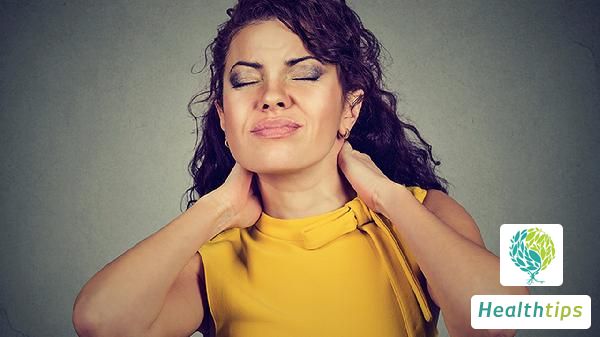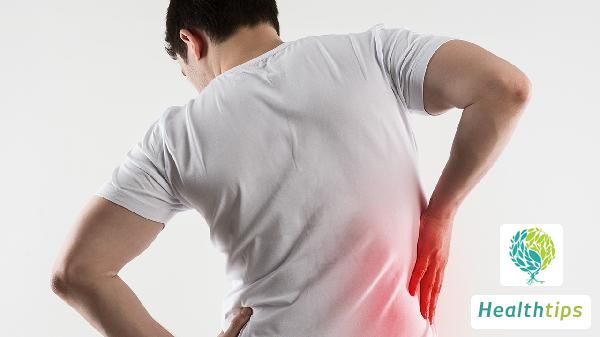How to Handle a Situation Where One Child Bites Another?
After a child bites another child, immediate wound care should be administered to prevent infection. Meanwhile, observe the bitten area and decide whether medical attention is needed based on the specific situation. Pay attention to psychological guidance afterwards. Parents are advised to handle the situation patiently and avoid excessively scolding or scaring the child.

Clean the Wound to Avoid Infection: If the skin at the bitten area is not broken, gently clean the skin with water and soap to reduce bacteria on the skin surface. If the skin is broken or bleeding, immediately rinse the wound with running water for at least 5 minutes, then disinfect it with saline or iodophor. Avoid applying iodine tincture or alcohol directly to avoid stimulating the wound. If the wound is deep, promptly wrap it with sterile gauze and head to the hospital as soon as possible.
Assess the Need for Vaccination: After being bitten, if accompanied by skin breakage, there may be a risk of infection from unique bacteria in human bites, such as Moraxella catarrhalis, or other infectious diseases. Based on the depth of the wound, cleanliness, and the vaccination records of the other child, it is recommended to consult a doctor about the need for tetanus vaccination. If the other child has a higher risk of carrying viruses, special attention should be paid to the possibility of serious infections.
Observe Abnormal Changes in the Wound: Parents need to closely monitor the wound's recovery. If there are signs of infection such as redness, swelling, increased pain, pus, or fluid leakage, immediately take the bitten child to see a doctor so that they can assess the need for local debridement, antibiotic treatment, or other interventions.
Emotional Comfort and Behavior Guidance: For the bitten child, promptly comfort their emotions and help them eliminate fear and anxiety. Meanwhile, patiently educate and guide the biting child to help them understand the harmfulness of biting. By telling stories or demonstrating correct communication methods, guide children to express their emotions rather than solving problems through physical attacks. Avoid educating through harsh scolding or corporal punishment to prevent increasing the child's hostility or emotional suppression. After a child biting incident, parents' calm and correct handling are crucial. Not only should they properly treat the wound to prevent health issues, but they should also guide the child through appropriate methods to learn emotion management and interpersonal skills, laying a good foundation for their future healthy growth.



















